€3.48
/ per pack
Choose seeds per pack:
Botanical name: Lepidium meyenii / Lepidium peruvianum
Common name: Maca, Macoa, Peruvian Maca, Andes Ginseng, Incas Travel, Peruvian Ginseng, Maca-Maca, Maino, Ayak Chichira, Ayak Willku
Origin: andean region of peru and bolivia to argentina
Luminosity: full sun
The species most commonly known as maca is cultivated as a root vegetable and a medicinal herb. Your ethnomedical properties are connected to fertility and vitality.
The habit of growth, size and maca proportions are approximally similar to the rabanette and rut, to which it is related. Seeds, which are the only reproduction means of the plant, generally generate within 10 to 15 days, provided that the ideal conditions are provided; the same have no sleep. Harvest is made between 8 and 10 months of the seed the plant’s maturity.
For about 2,000 years, the species is traditionally consumed in food and used in local medicine as an aphrodisiac, promotes strength and physical resistance.
Some clinical trials made in men have demonstrated that maca extracts may increase libido and improve sperm quality, and other continue in progress, but confirmed better production of spermatozoids, dimension and diminuation.
Lepidium meyenii, known as maca or Peruvian ginseng, is an edible herbaceous biennial plant of the family Brassicaceae that is native to South America in the high Andes mountains of Peru. It was found exclusively at the Meseta de Bombón plateau close to Lake Junin in the late 1980s. It is grown for its fleshy hypocotyl that is fused with a taproot, which is typically dried, but may also be freshly cooked as a root vegetable. If it is dried, it may be further processed into a flour for baking or as a dietary supplement. It also has uses in traditional medicine. As a cash crop, it is primarily exported as a powder that may be raw, or processed further by the supplement industry: gelatinized or made into an extract.
Its Spanish and Quechua names include maca-maca, maino, ayak chichira, and ayak willku.
The growth habit, size, and proportions of maca are roughly similar to those of radishes and turnips, to which it is related, but it also resembles a parsnip. The green, fragrant tops are short and lie along the ground. The thin, frilly leaves sprout in a rosette at the soil surface, not growing more than 12–20 cm (4.7–7.9 in) in height. The leaves show a dimorphism according to reproductive stage. They are more prominent in the vegetative phase, and are continuously renewed from the center as the outer leaves die. The off-white, self-fertile flowers are borne on a central raceme, and are followed by 4–5 mm (0.16–0.20 in) siliculate fruits, each containing two small 2.0–2.5 mm (0.079–0.098 in) reddish-gray ovoid seeds. Seeds are the maca’s only means of reproduction. Maca reproduces mainly through self-pollination and is an autogamous species. The genome consists of 64 chromosomes. From experiments with different day lengths, maca is a short-day plant. Some sources consider the maca to be an annual plant, as in favorable years it can complete a lifecycle within a year.
| Weight | N/A |
|---|
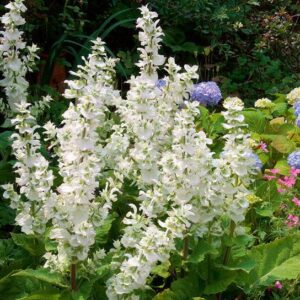
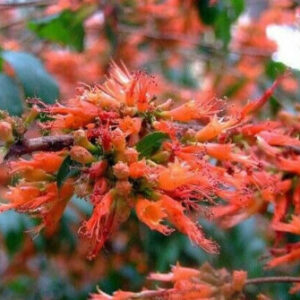
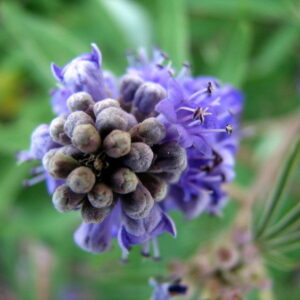
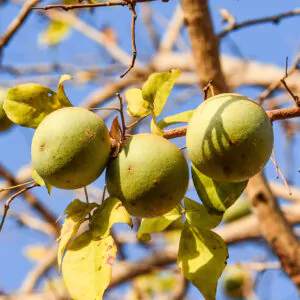
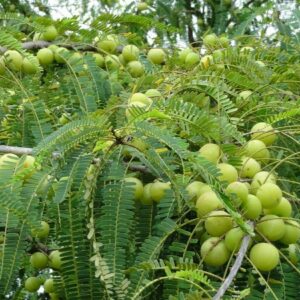
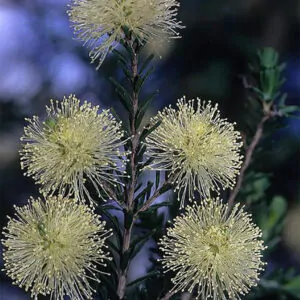
| Cookie | Duration | Description |
|---|---|---|
| cookielawinfo-checkbox-analytics | 11 months | This cookie is set by GDPR Cookie Consent plugin. The cookie is used to store the user consent for the cookies in the category "Analytics". |
| cookielawinfo-checkbox-functional | 11 months | The cookie is set by GDPR cookie consent to record the user consent for the cookies in the category "Functional". |
| cookielawinfo-checkbox-necessary | 11 months | This cookie is set by GDPR Cookie Consent plugin. The cookies is used to store the user consent for the cookies in the category "Necessary". |
| cookielawinfo-checkbox-others | 11 months | This cookie is set by GDPR Cookie Consent plugin. The cookie is used to store the user consent for the cookies in the category "Other. |
| cookielawinfo-checkbox-performance | 11 months | This cookie is set by GDPR Cookie Consent plugin. The cookie is used to store the user consent for the cookies in the category "Performance". |
| viewed_cookie_policy | 11 months | The cookie is set by the GDPR Cookie Consent plugin and is used to store whether or not user has consented to the use of cookies. It does not store any personal data. |